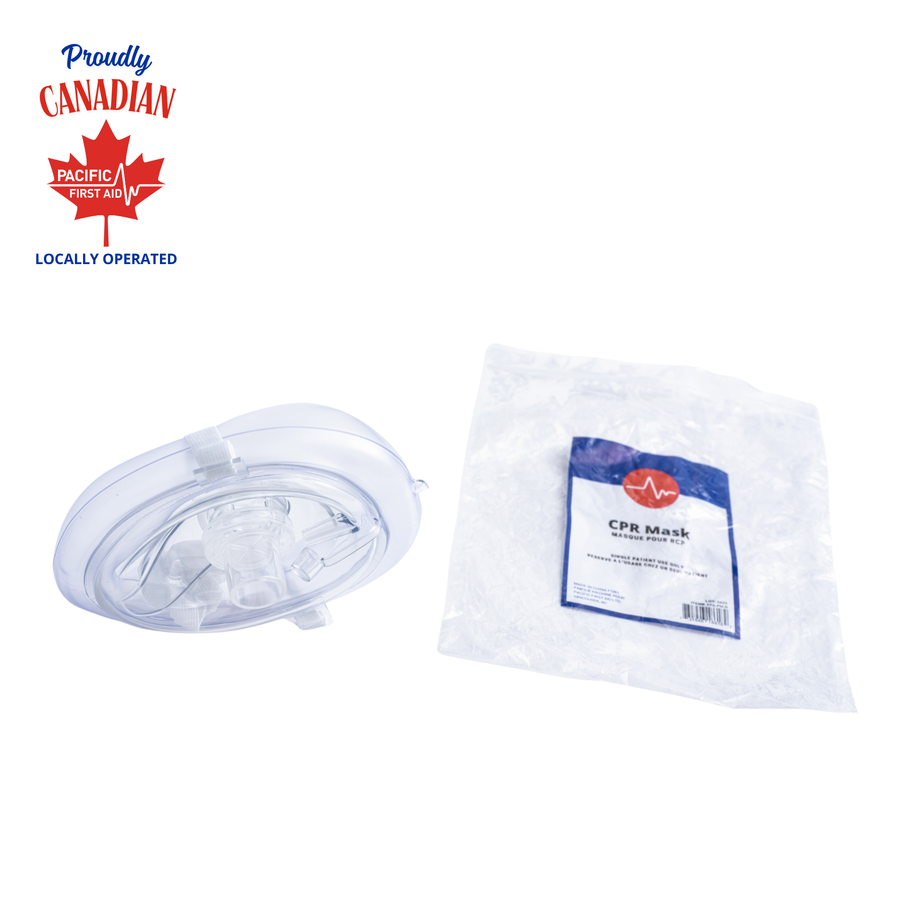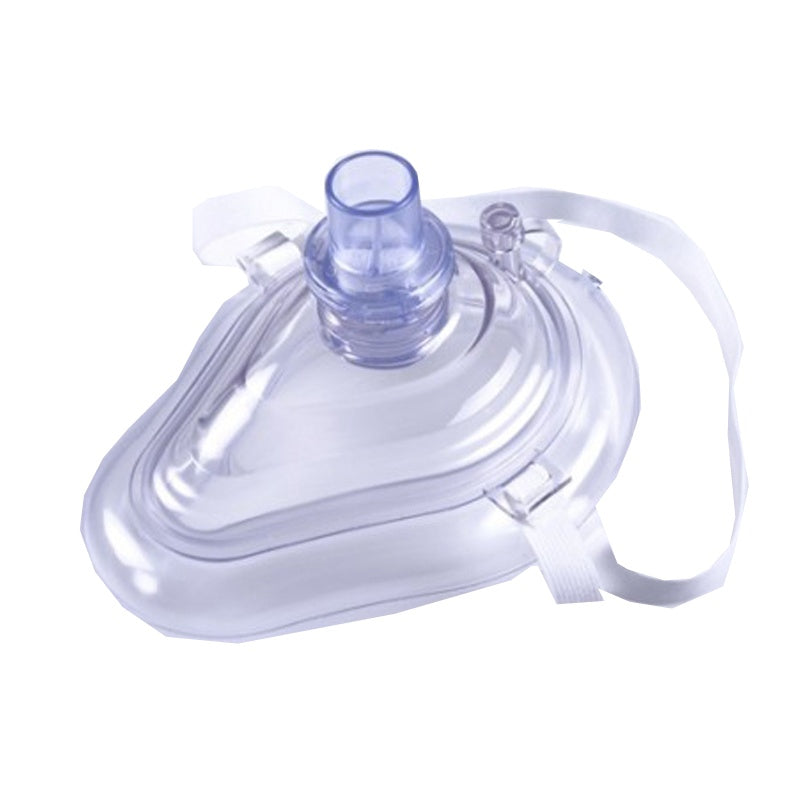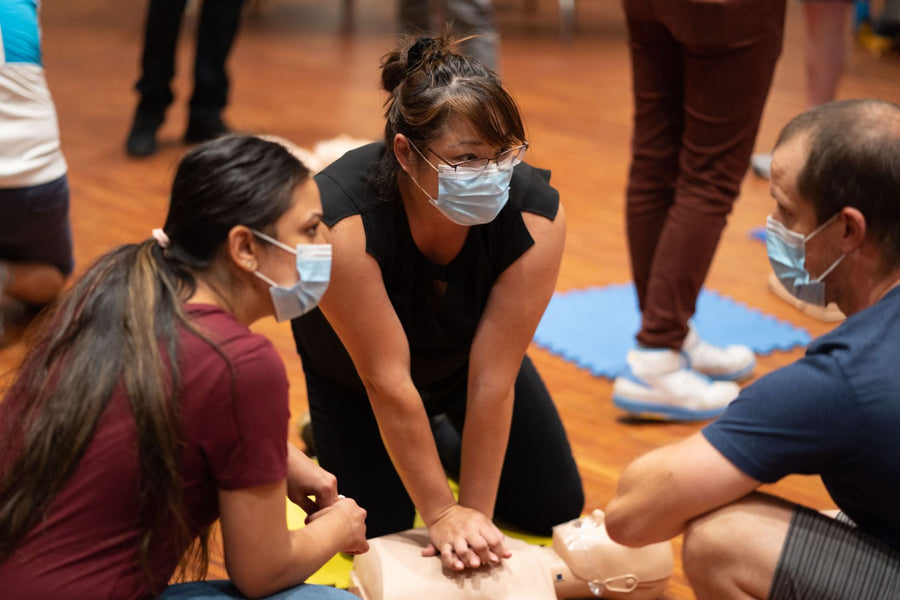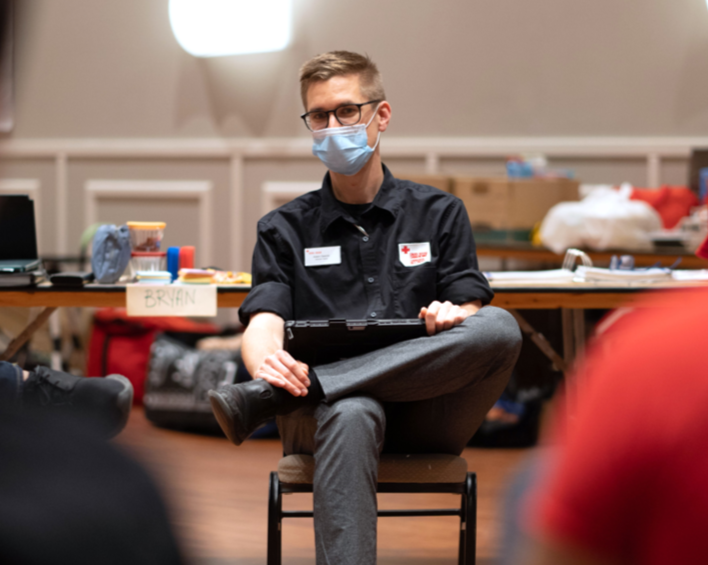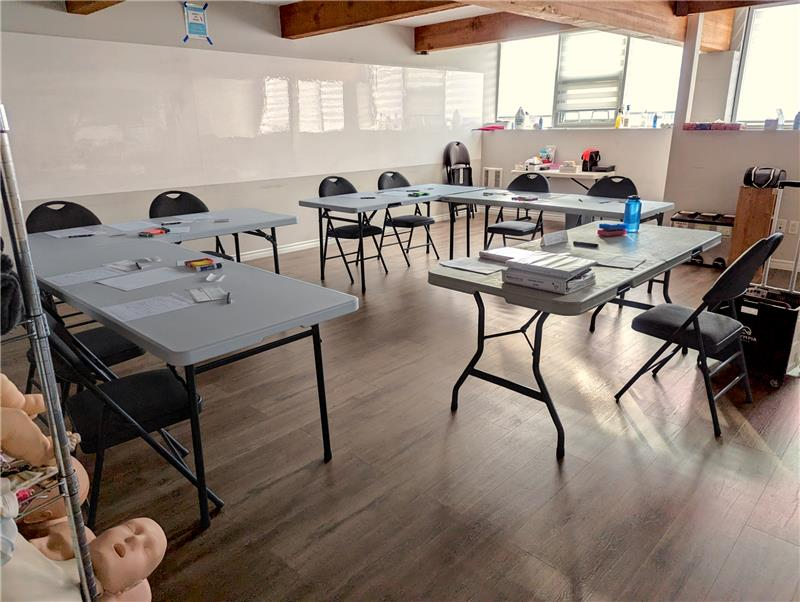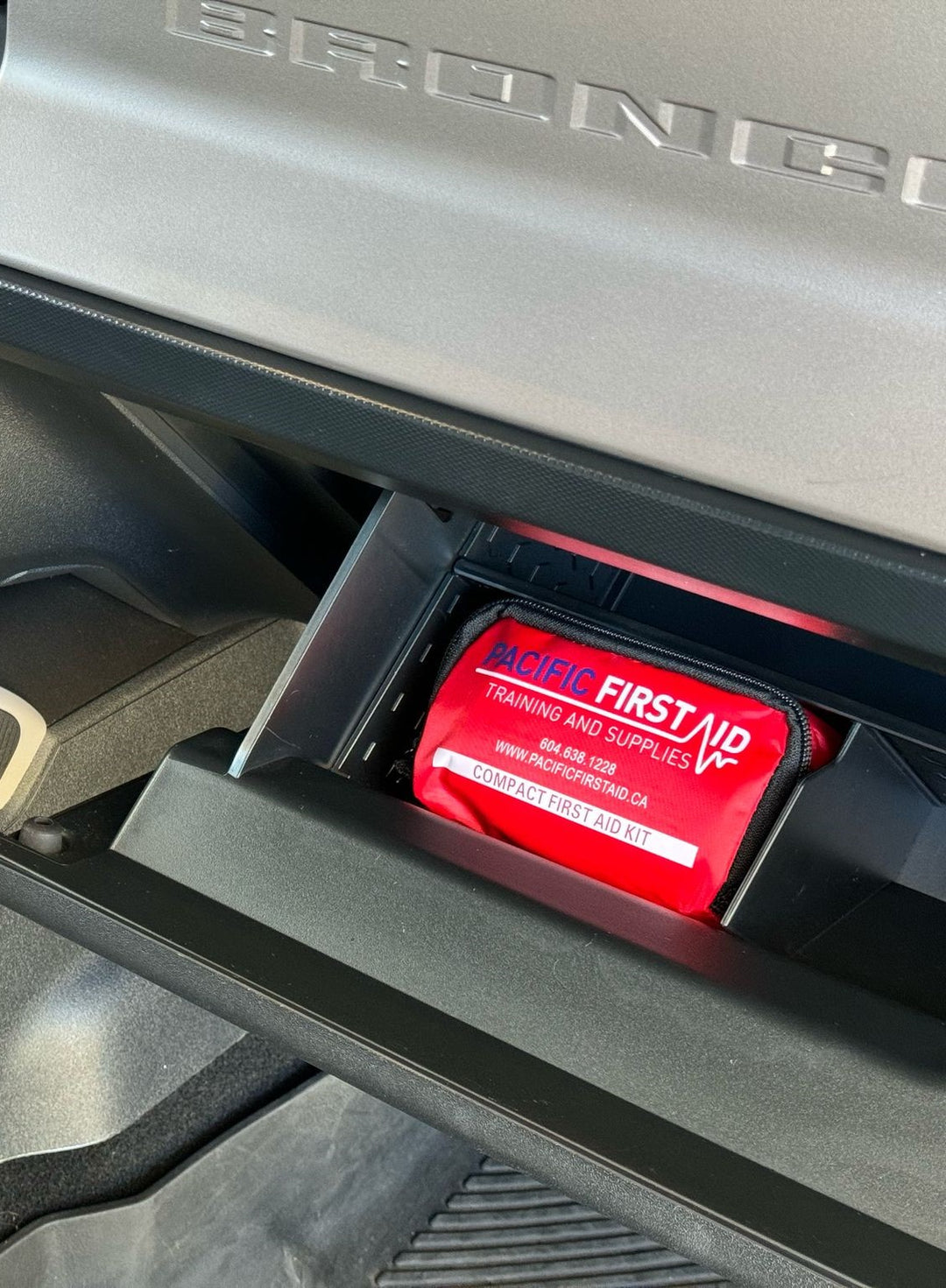
Essential First Aid Skills Every Child Should Learn
Imagine your child is at the playground or home, having a great time, and suddenly, they get hurt or encounter an emergency. It’s a situation no parent wants to face, but being prepared can make all the difference. Teaching kids first aid is more than just a safety measure—it empowers them with confidence and a sense of responsibility. This guide will explore the essential first aid skills every child should learn, helping them feel equipped to handle common injuries and emergencies.
1. Understanding First Aid
First aid is the basic care given to someone hurt or sick before professional medical help arrives. It involves acting quickly to manage the injury or illness and prevent it from getting worse. Learning first aid can help children feel more confident and capable in emergencies, and in some cases, it can save lives.
The “ABC” of First Aid
When responding to an emergency, it’s important to remember the “ABC” of first aid:
Airway: First, check if the person’s airway is open. If they are not breathing, you need to ensure that nothing is blocking their throat. This may involve tilting their head back slightly and checking for obstructions.
Breathing: Next, check if the person is breathing. Look for chest movements or listen for breath sounds. If they are not breathing, you must start rescue breaths immediately.
Circulation: Finally, check for a pulse to see if blood is circulating. If there is no pulse, begin CPR (cardiopulmonary resuscitation) right away. According to the American Heart Association, effective CPR can double or triple the chance of survival from cardiac arrest.
2. Handling Common Injuries
Understanding how to manage common injuries is essential, particularly when incorporating first aid activities for kids into educational settings. Teaching children how to handle minor injuries can build their confidence and prepare them for unexpected situations.
Cuts and Scrapes
Cuts and scrapes are common, especially among active kids. Here’s what to do:
Initial Care: Wash the wound with clean water to remove any dirt. Apply an antiseptic if available, and cover the wound with a sterile bandage or dressing. Change the bandage regularly and watch for signs of infection, such as redness or swelling.
Signs of Infection: If the wound becomes increasingly painful, red, or swollen, it might be infected. Seek medical attention if these symptoms occur.
Bruises and Swelling
Bruises and swelling can happen from bumps or falls. Here’s how to manage them:
Treatment Methods: Use the R.I.C.E. method—Rest, Ice, Compression, and Elevation. Rest the injured area, apply ice wrapped in a cloth for 15-20 minutes, use a bandage for compression, and keep the injured area elevated if possible to reduce swelling.
Burns and Scalds
Burns and scalds require careful handling to prevent further injury:
Types of Burns: Burns are classified into three degrees. First-degree burns affect only the outer layer of skin, second-degree burns affect deeper layers, and third-degree burns can damage all layers of skin and underlying tissues.
Immediate Actions: For minor burns, run cool (not cold) water over the area for several minutes. For severe burns, cover the area with a clean, non-stick dressing and seek medical help immediately. Avoid applying ice or greasy substances like butter.
Nosebleeds
Nosebleeds can occur for various reasons and are usually manageable:
First Aid Steps: Have the person sit up straight and lean slightly forward. Pinch the nostrils together for about 10 minutes, and avoid tilting the head back as this can cause swallowing of blood. If the bleeding doesn’t stop, seek medical attention.

3. Responding to Emergencies
Choking
Choking can be frightening, but knowing what to do helps:
Recognition: Signs of choking include difficulty breathing, coughing, or a high-pitched wheezing sound.
First Aid: For children, perform back blows and abdominal thrusts (Heimlich maneuver) if they can’t cough or speak. For infants, use a combination of back slaps and chest thrusts. If the object doesn’t come out or the person becomes unconscious, seek immediate medical help.
Seizures
Seizures can be alarming, but remaining calm and knowing the steps to take is key:
Types of Seizures: There are various types, including generalized tonic-clonic seizures (formerly known as grand mal) and absence seizures (formerly known as petit mal).
Immediate Care: During a seizure, gently move any dangerous objects away from the person and cushion their head. Do not try to hold them down or put anything in their mouth. After the seizure, ensure they are safe and comfortable, and seek medical advice if needed.
Heat and Cold-Related Emergencies
Heat Exhaustion and Heat Stroke: Heat exhaustion happens when the body overheats and shows signs like heavy sweating, weakness, and confusion. If not treated, it can lead to heat stroke, which is more severe and includes symptoms like a very high body temperature and no sweating.
To treat heat exhaustion, move to a cooler place, drink plenty of water, and rest. For heat stroke, seek medical help immediately, as it can be life-threatening. According to the Centers for Disease Control and Prevention (CDC), heat-related illnesses cause about 1,220 deaths in the U.S. each year.
Hypothermia and Frostbite: Hypothermia occurs when the body loses heat faster than it can produce it, causing shivering and confusion. Frostbite affects parts of the body, like fingers and toes, leading to numbness and pale skin. Move to a warm area and warm the body gradually. Avoid rubbing frostbitten areas and get medical help right away.
4. Performing Basic CPR
CPR is a crucial skill that can save lives if someone’s heart stops beating or they stop breathing. It involves giving chest compressions and rescue breaths to help keep blood and oxygen flowing to vital organs until professional help arrives.
Age-Appropriate Techniques
For infants (under 1 year old), use two fingers to press down gently on the center of the chest, just below the nipple line. Give gentle breaths into the infant’s mouth and nose, making sure to cover both.
For young children (1 year to puberty), use one or two hands for chest compressions, depending on the child's size, and give gentle, firm breaths.
Practice and Reinforcement
To be effective in an emergency, it’s important to regularly practice CPR with a certified instructor. This ensures that you are familiar with the correct techniques and can perform them correctly when needed. Regular training helps keep your skills sharp and ready for any situation.
5. The Role of a First Aid Kit
A well-stocked first aid kit is essential for handling minor injuries and emergencies. Your kit should include:
- Adhesive bandages in different sizes to cover cuts and scrapes.
- Sterile gauze pads and adhesive tape to dress wounds and control bleeding.
- Antiseptic wipes and ointment to clean and protect wounds.
- Tweezers and scissors for removing splinters or cutting tape and bandages.
- A digital thermometer to check for fever.
- Disposable gloves to keep things hygienic and prevent infection.
Make sure children know how to use these basic items safely. Regularly check the kit to ensure it’s complete and restock any used items so it’s always ready for emergencies.
6. Teaching First Aid to Children
Engaging Methods
Make learning first aid fun and effective by using interactive methods. Games and role-playing can help children practice skills in a safe and enjoyable way. For example, pretend to treat an injury using toy bandages or act out scenarios where they need to use first aid. This hands-on approach helps kids feel more comfortable and confident in real situations.
Age-Appropriate Techniques
Adjust the complexity of first aid training lessons based on the child’s age. For younger children, focus on basic skills like how to apply a bandage or clean a small cut. Older children can learn more advanced techniques, such as CPR or how to use a first aid kit effectively.
Encouraging Confidence
Regular practice helps build confidence. Praise children for their efforts and encourage them to ask questions or seek help if they are unsure. This positive reinforcement makes them feel more in control and prepared for emergencies.
Integrating first aid training into broader medical education is crucial, especially within RN to NP bridge programs and other medical training. By ensuring nurses are adept at first aid, they can better teach these essential skills to children. This foundational knowledge empowers future nurses to handle emergencies effectively and pass on critical life-saving techniques to the younger generation.

7. Creating a Safe Learning Environment
Supportive Environment
To help children learn first aid effectively, it’s important to create a positive and supportive atmosphere.
Make sure the environment is encouraging, where kids feel comfortable asking questions and making mistakes. This helps them learn without feeling anxious or embarrassed. Use clear and simple explanations and be patient as they practice new skills.
Addressing Fears
When talking about first aid, use calm and reassuring language. Explain that learning these skills is important for keeping themselves and others safe.
Address any fears by explaining what first aid involves in a straightforward way and emphasizing that these skills are useful and can help in emergencies. Make sure to create a space where children feel safe and supported as they learn, which helps build their confidence and reduces any worries they might have.
8. Practical Tips for Parents and Caregivers
Reinforcing Skills at Home
To ensure children retain their first aid skills, practicing regularly at home is helpful. You can incorporate first aid practice into daily routines or use family activities as opportunities to review these skills.
For instance, you might use role-playing to simulate common injuries and practice treating them. This could involve pretending to apply a bandage or checking for a pulse. By making these activities part of everyday life, children will become more comfortable and confident in their first aid abilities.
Emergency Contact Information
It is also important for children to know how to handle emergencies effectively. Teach them how to use emergency numbers, like 911, and ensure they memorize essential contact information like their parents' phone numbers.
Practice with them on what to say when calling for help, such as clearly describing the emergency and their location. Regularly reviewing these steps will help children master first aid, feel prepared, and know what to do if they ever need to make an emergency call.
Conclusion
Teaching children essential first aid skills is a valuable part of their education. It equips them with the knowledge and confidence to effectively handle minor injuries and emergencies. Practicing these skills regularly and creating a supportive learning environment can help your child feel empowered and prepared for any situation.
Start today by incorporating first aid lessons into your family routine. Gather your first aid kit, practice basic skills, and explore additional resources to continue learning. Empower your child with the tools they need to stay safe and confident.


